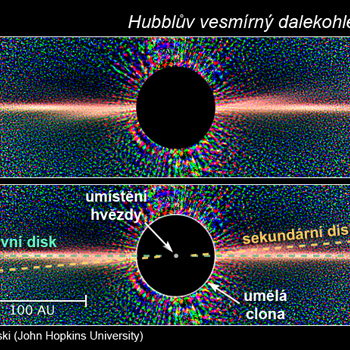How can you determine if a reaction is non-spontaneous?
1 Answer
By looking at the Gibbs-free energy
Explanation:
A reaction's spontaneity (i.e. if it occurs) can be deduced from the Gibbs-free energy values. I assume that your level of chemistry is already good enough for you not needing a definition for Gibbs free energy, hence I will go immediately into the calculations:
∆G = Gibbs free energy
∆H = Enthalpy change
T = Temperature in kelvin
∆S = Entropy change
Every reaction has a certain ∆H and ∆S value, however, the Temperature can be variable. Take the following reaction as an example:
NOTE: The ∆H and ∆S value can be found in digital textbooks, data-sites (like webbook.nist.gov) or they are given in the question. (If you need further clarification, then just comment below)
These values can now be plugged into the Gibbs-free energy equation:
Now we have to find the temperature for which this reaction is spontaneous/non-spontaneous/equilibrium. For this you have to know that:
When...
...∆G is positive, the reaction is non-spontaneous
...∆G is negative, the reaction is spontaneous
...∆G is equal to 0, the reaction is at an equilibrium
Hence, now you can solve for whatever you want. E.g. non-spontaneous (as was your question):
On the other hand, if you are looking for the ∆G at a specific temperature, simply plug in your temperature in Kelvin and see what your answer for ∆G is.
Hope it helped :)

